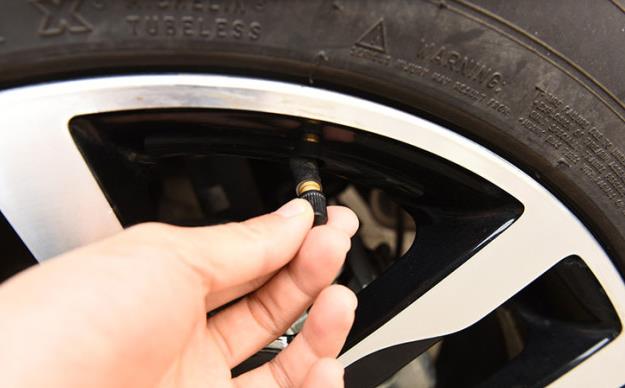Car Maintenance Checklist: 9 Essential Steps That Anyone Can Do
Nobody likes reaching into their pocket to pay the mechanic. That’s why it’s important to take preventative measures with regular DIY maintenance, especially if you drive a vehicle that is considered “old” by today’s standards. If you want to save money while taking extra-special care of your daily driver, our car maintenance checklist will help ensure all your bases are covered when it’s time to pop the hood and kick the tires.
Beyond longevity, keeping any vehicle in good shape with standard maintenance procedures also increases safety. When a car is running smoothly and performing optimally, not only is there less strain on your car engine and other components, your driving ability won’t be impeded by a compromised vehicle.
Staying on top of a car maintenance checklist won’t singularly avoid potential collisions or accidents, but a highly functional vehicle can help save you on the road and in the pocketbook. With that in mind, here are some DIY vehicle maintenance tasks that you can do easily by yourself.
The first thing you need to do is find your owner’s manual…(hint: it’s in the glove box.)
Get familiar with your owner’s manual
Many drivers tend to ignore their owner’s manual, but think of it this way: If you bought a new tech gadget, would you just start using it without reading any of the instructions? That mindset also applies to a car.
Every car comes with an owner’s manual. This manual covers all the car’s features and components under the hood and inside the cabin. You can make a note of the areas and details you want to learn about as you go through this list.
The manual holds important information that includes a suggested maintenance schedule covering all the parts and fluids the car needs regularly replaced. It can range from how often to change your oil, and when is the best time to swap out filters or belts. In the case of motor oil, it will note which type it runs on, so you know what to look for when it’s time for a change.
Your owner’s manual will also outline all safety measures to take as you go through your car tune up checklist, so make sure you study it closely for your own safety.
A quick 60-second inspection can reveal a lot
Some parts of a car are highly visible so you know when something’s up. For example, make sure to check that all lights work every so often. Headlights, taillights, and turn signal lights are important to driver safety and are required to be in working order by law. You should also check for rust on the body, undercarriage, and under the hood. Rust can spread and do serious damage if left untreated.
Under the hood, you can also do a quick car battery check.
With the car battery, you’re looking for any frayed cables, cracks in the casing, corrosion, dirt, and other signs of damage.
You can also do a quick check of various fluids as well, especially oil and washer fluid, which are very accessible and easy to inspect. Anytime you see a leak, it’s important to get it checked out right away to mitigate any further damage and costly repairs.
But as important as routine 1-minute inspections are, you’ll need to dive a bit deeper from time to time to ensure your car stays in perfect running order. This checklist covers:
Engine oil
Coolant, antifreeze, steering, and transmission fluids
Battery
Tires
Air and cabin filters
Spark plugs
Belts
Windshield wipers
Check Engine light
We will explain more on our next article.
























